- Expert advice/
- Registry & gifts/
- Wedding registry basics/
- 8 Essential Pots and Pans for Beginner Cooks
- Wedding registry basics
8 Essential Pots and Pans for Beginner Cooks
When it comes to kitchen essentials, no home can go without pots and pans. This beginner's guide will tell you all you need to know about how to choose the right pots and pans for your registry.
Last updated February 5, 2024
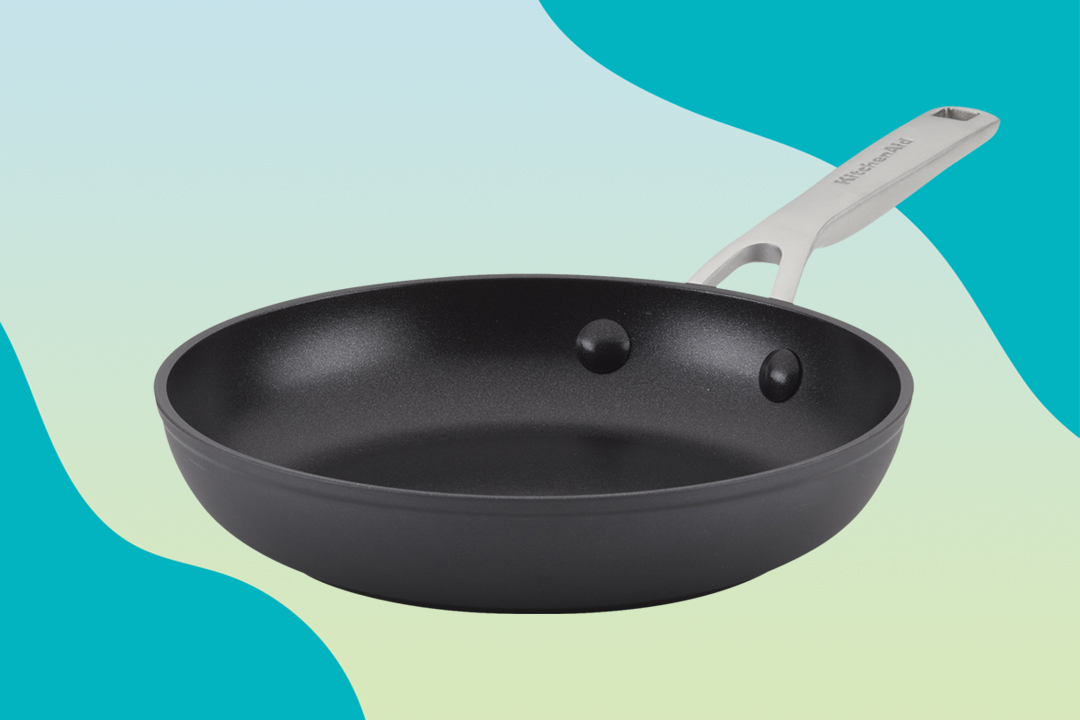
In our Beginner’s Guide series, we walk you through all the essentials that make for a happy and functional home, category by category. From wine glasses to suitcases, we’ll provide all the definitions, distinctions, and criteria you need to know in order to make educated registry decisions.
When it comes to your kitchen, pots and pans are cookware essentials. Whether you’re searing steaks, sautéing vegetables, cooking pasta, or warming up soup, these instruments are necessary for all of your culinary endeavors.
See below our beginner’s cookware buying guide for how to choose cookware and the best types of pots and pans for you.
The 8 Essential Pots and Pans Styles
1. Sauté Pan
This is your most basic and versatile pan. It has straight sides and a large surface area to touch the heat. It’s ideal for cooking meats and sautéing vegetables. You should register for at least one cast-iron pan or nonstick pan.
2. Skillet (or Fry Pan)
Skillets, also known as fry pans, are different from sauté pans in shape. These have sloping sides, so they’re better for stirring ingredients and shallow frying, making them ideal for preparing foods like scrambled eggs and stir fry. Cast iron skillets (perfect for making frittatas), stainless steel skillets, and nonstick skillets (or nonstick fry pans) are very versatile, so we highly recommend registering for one. Browse our collection of skillets.
3. Grill Pan
This is a more specialty piece of cookware. It’s perfect for getting authentic outdoor grilling flavor and appearance on an indoor stove. If you love a crispy taste and sear marks on your beef and vegetables, you will love this grill pan from Lodge. Check out all of our grill pans.
4. Saucepan
This pan is deep and very rounded, perfect for making reductions. If you and your fiancé(e) eat a lot of Italian cuisine, you need a quart saucepan—one of its most common uses is for boiling water to cook pasta. It can also be used to simmer vegetables, heat up liquids, and make sauces. This version from Calphalon has a straining cover with pour spouts, making it even easier to perfect your Marinara, or check out many other options of pans.
5. Large Stock Pot
This is another very versatile piece of cookware. A large pot made from thinner metal, this pot is perfect for stewing soups, making large batches of sauce, or boiling large vegetables. Browse our selection of stock pot options—if you cook for large groups often, this will definitely come in handy.
6. Dutch Oven
This weighty, lidded pot competes for cabinet space with a stock pot, so you should weigh the pros and cons of each to decide which you’d rather own. A dutch oven is much heavier than a stock pot, since it’s made from thicker material, and it’s a bit smaller. However, it’s more versatile. A cast iron dutch oven or enameled dutch oven can be used on a stove top or in an oven. One can be used for cooking and braising just about any stew, meat (say, a whole chicken), veggies, and even some breads. Cult classic brand Le Creuset’s Dutch Oven is known for its colorful options of cast-iron enamels and its longevity; it’s a kitchen keepsake that will last you a lifetime. View all of our dutch ovens.
7. Roasting Pan
If you plan to host Thanksgiving or other holiday dinners, a roasting pan is a must. Even if you’re just a big fan of making roasted chicken for a quiet date night in, a roasting pan is a kitchenware essential that will elevate your oven game and expand your cooking repertoire. Shop for roasting pans (hint: a nonstick interior will make for easy clean-up).
8. Wok
A wok is a large, deep-sided fry pan that provides the maximum amount of cooking surface for ingredients like vegetables and thin cuts of protein that should be tossed quickly on high heat. If you’re a busy person who still likes to cook at home, making this type of stir fry meal is a lifesaver. You’ll never know how you lived without a wok once you incorporate this beginner’s essential into your cookware rotation, so choose one for your registry now.
How Many Pots and Pans Do I Need in My Kitchen?
Pots and pans come in many different shapes and sizes. As they’re quite versatile, many of their uses overlap. If you are an experienced chef, you might need a larger variety of pots and pans than a beginner cook. We recommend a bare minimum of two pots and two pans—a large and small size of each. See below for our recommendations for both beginner and experienced home chefs.
Pots and Pans for a Beginner Cook:
- 1 small saucepan
- 1 large stock pot
- 1 small fry/saute pan (8”-10”)
- 1 large fry/saute pan (10”-12”)
Pots and Pans for an Experienced Cook:
- 1 small saucepan (1.5 qt)
- 1 medium saucepan (2.5 qt)
- 1 large saucepan (3.5 qt)
- 1 large stock pot (6-8 qt)
- 1 small fry pan (8”)
- 1 medium fry pan (10”)
- 1 large fry pan (12”)
- 1 large saute pan with lid (3 qt)
- 1 grill pan
- 1 dutch oven
- 1 wok
- 1 roasting pan
What Are The Different Pot and Pan Materials?
From nonstick coating to enameled cast-iron, there are many options to choose from when it comes to pot and pan materials. Here’s a quick breakdown and their pros and cons:
Aluminum
Aluminum conducts heat extremely well, but needs processing to make it great for cooking. When strengthened with other metals, it creates affordable and lightweight cookware—but aluminum alone will react with acidic foods. Processes like lining with nonstick coating, cladding with stainless steel (or tri-ply), or anodizing make aluminum a versatile, effective choice for cookware.
Pros:
-
Affordable
-
Lightweight
-
High-performing
-
Combines of best aspects of nonstick, stainless steel, and aluminum in one pan
Cons:
-
Less durable
-
Cannot be used on induction stovetop (unless clad with steel exterior)
-
Dishwasher and oven use varies
Copper
Copper is the most conductive of the materials on this list, so copper pans heat up and cool down quickly. Prized by professionals as being the most “responsive,” meaning it responds most quickly to a change in cooking temperature, the control and precision that copper cookware offers makes it top-of-the-line—as seen in its price tag.
Pros:
-
Most responsive cookware
-
Offers the most precise method of cooking with great results
-
Beautiful physically—can be displayed in the kitchen
Cons:
-
Most expensive of all cookware
-
Must be lined with tin in order to prevent reaction with food minerals and acids
-
Requires maintenance for performance (re-tinning) and appearance (polishing)
-
Not dishwasher safe
-
Cannot be used on an induction cooktop
Stainless Steel
Stainless steel is one of the most durable and anti-corrosive types of metals. Since stainless steel by itself does not conduct heat well, this type of cookware is usually made by permanently bonding layers of stainless steel to aluminum and copper (“cladding”).
Pros:
-
Very durable, practical, and versatile
-
Will not react with acidic or alkaline foods
-
Nonreactive interior won’t change food’s color or flavor
-
Won’t pit or scratch easily
-
Dishwasher, oven, and broiler safe
Low maintenance
Cons:
-
The best stainless steel cookware (“clad”) is expensive
-
Heavy to handle
Cast Iron
Cast iron is a time-honored material for pots and pans due to its durability. Iron’s lack of conductivity means that it’s slow to heat and cool, which makes it a good choice for cooking items that benefit from a gradual cook time. Natural cast iron requires “seasoning” to prevent rust, which then creates a nonstick surface. Enameled cast iron is naturally nonreactive and nonstick, but more expensive.
Pros:
-
Extremely durable
-
Won’t warp, chip, or dent
-
Natural cast iron is very affordable
-
Enameled cast iron comes in beautiful, colorful glazes
-
Will last a lifetime
Cons:
-
Heavy to handle
-
Natural cast iron requires seasoning to maintain finish
-
Enameled cast iron is expensive
Nonstick
Pots and pans with nonstick surfaces have become very popular due to their easy clean-up and their ability to cook with minimal amounts of butter or oil. The interior of these pans are chemically coated with a material that prevents foods from sticking to them, but they must be properly maintained in order to protect this coating (and prevent it from breaking down into your food).
Pros:
-
Promote healthy cooking
-
Easy to clean
-
Generally lightweight
-
Can find affordable sets
Cons:
-
Must avoid very high heat to preserve nonstick integrity
-
Cannot use metal utensils or anything that would scratch the surface
-
Cannot use scrub pads to clean; must use soft sponges or brushes
Ceramic
Ceramic pots and pans are another type of nonstick cookware, but are made without the potentially harmful chemicals found in regular nonstick pots and pans. Ceramic cookware is relatively new on the market but is growing in popularity thanks to its environmentally friendly approach to nonstick cooking.
Pros:
-
Nonstick interiors are easy to clean and require minimal fats
-
Come in a variety of colors and finishes
Cons:
-
Should avoid high heat to maintain nonstick finish
-
Must clean off very well after each use to avoid oil build-up (which ruins the surface)
What Pot and Pan Material Is Right for Me?
As you’ve just read, pots and pans are made from a variety of different materials. When wondering, what pots and pans do I need, consider what you value most:
-
If you want easy clean up, choose a nonstick coating.
-
If you want something affordable, consider aluminum.
-
If you’re looking for a display-worthy finish, go with copper.
-
If you want something indestructible, order cast-iron.
-
If you need professional-level durability, stick with stainless steel.
Now that you’re an expert home cook (or partway there), register for these kitchen essentials by browsing our full collection of cookware. Don’t want to register for each pot and pan individually? Check out the best cookware sets (and other kitchen items) for your wedding registry.
Up next for you
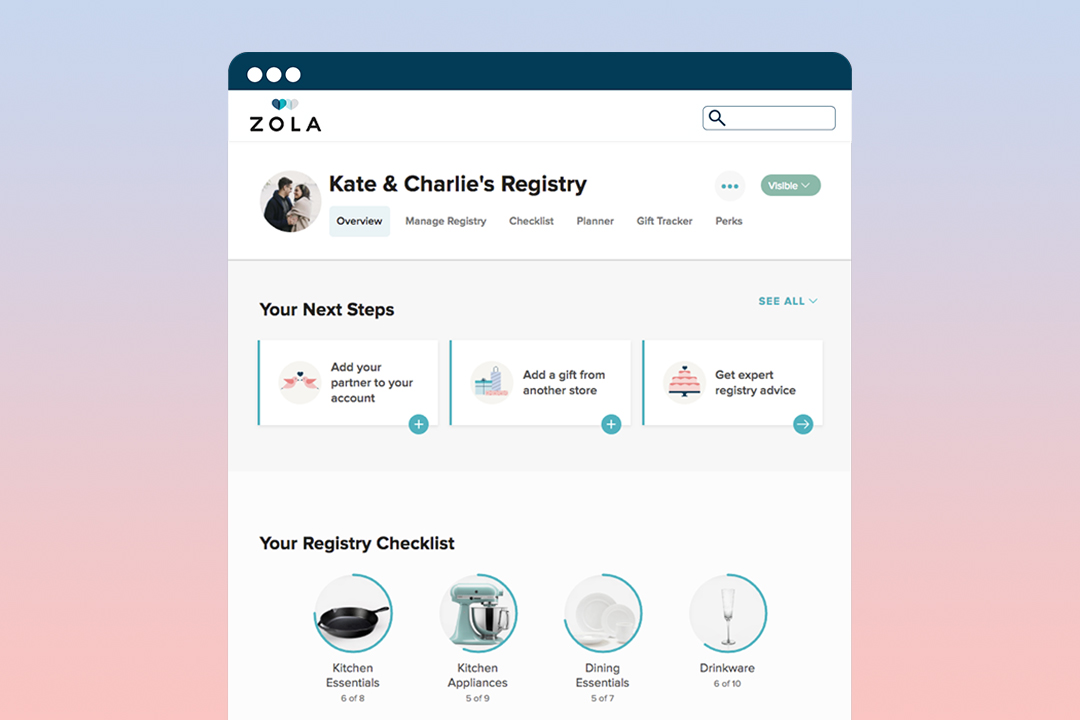
Your Wedding Registry Timeline
Inspiration
Find out when to start your wedding registry, when to publish it, and how to keep it updated with this complete wedding registry timeline that will take you from newly engaged to happily married in your newlywed home.

What Is a Registry (And Why Do You Need One)?
Inspiration
A wedding registry is a personalized collection of gifts that an engaged couple has specifically chosen for their guests to shop from in order to make the wedding gifting experience simpler, easier, and more satisfying for everyone.
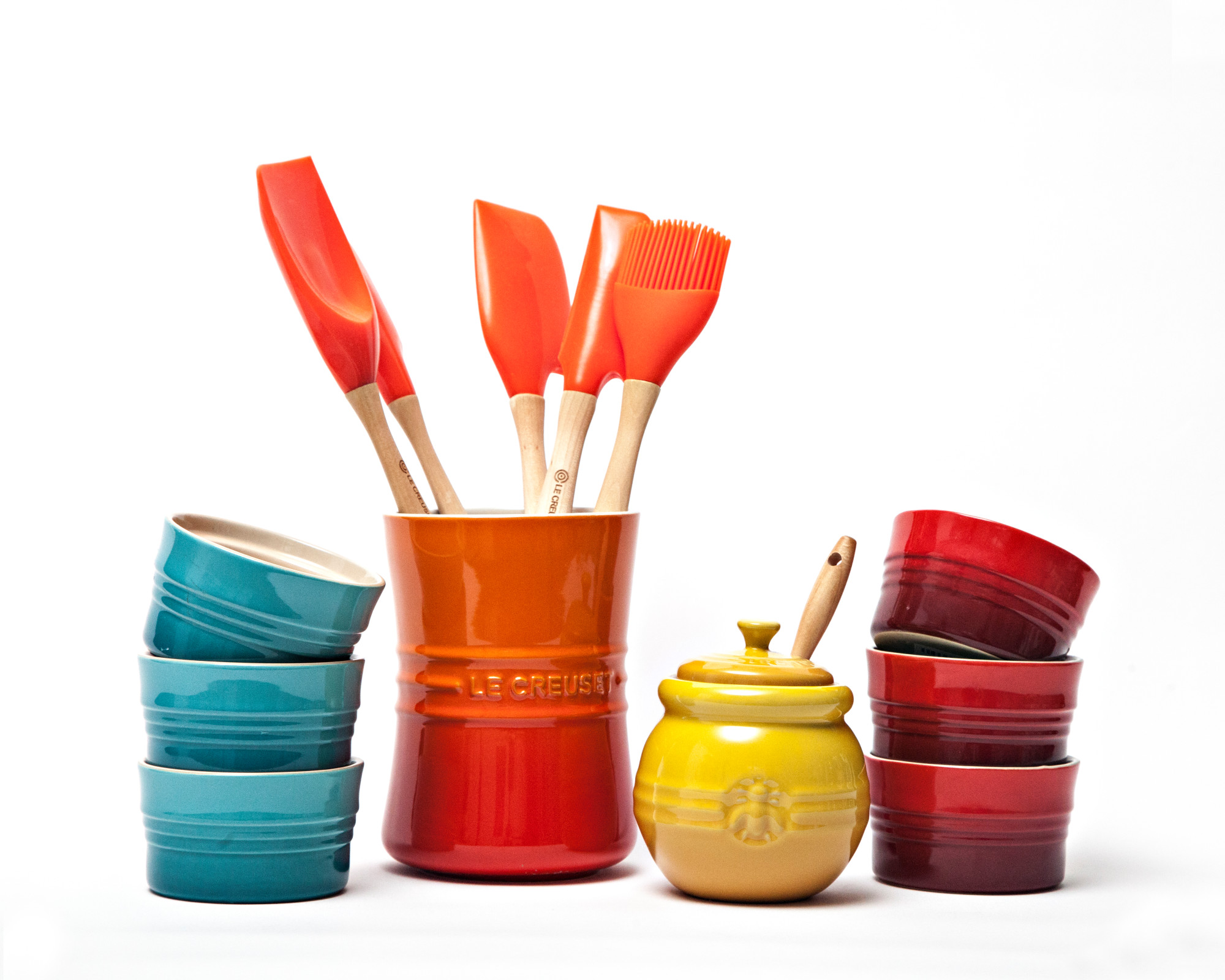
Tips for Creating a Wedding Registry
Inspiration
From which types of gifts guests love to give, to how to register for necessities you'll use today, next year, and for years to come, learn tips on how to create the perfect registry for you as a couple from Zola's registry experts.
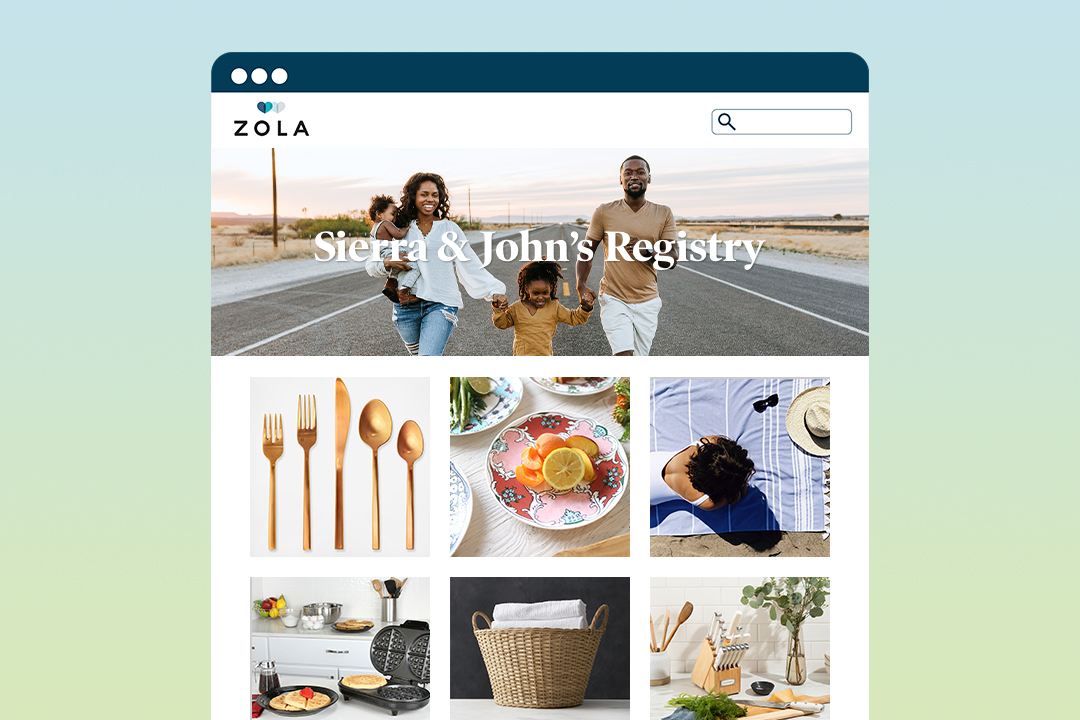
How to Create a Registry if You Already Live Together
How-To
We're here to tell you why building a wedding registry is still really necessary, regardless of whether you live together before marriage.
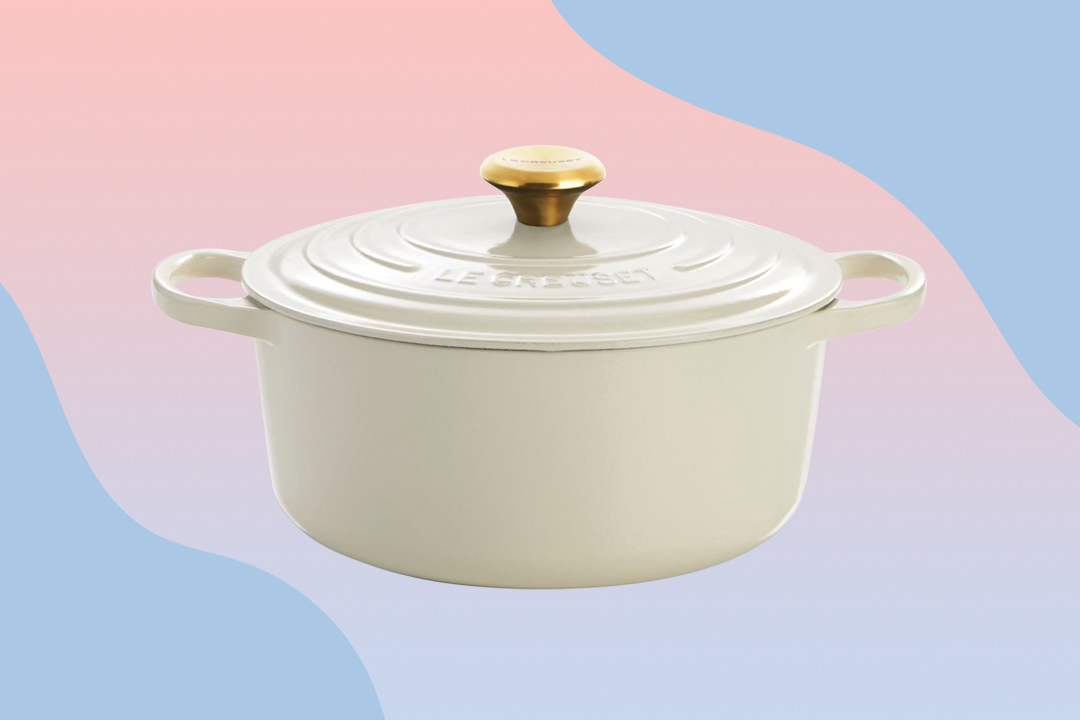
Essentials to Put on Your Wedding Registry
Inspiration
Get started building your registry with our a super-comprehensive checklist of list registry essentials, straight from our team of experts, that will cover ALL of your needs and help you build the newlywed home of your dreams.
Featured

A Guide to Bridal Showers
Inspiration
This bridal shower guide will introduce you to the basics of bridal showers: traditional bridal shower etiquette (and which of those “rules” you can break), whom to invite, what to do, and who pays for it all.

Wedding Guest Attire: A Guide to Every Dress Code
How-To
Dress to impress! Your go-to guide for wedding guest attire, from formal to casual. Find the perfect look for every dress code and celebration.

2024/25 Printable Wedding Planning Checklist & Timeline - Zola
Don’t miss a wedding planning detail with our complete, expert-crafted wedding checklist and timeline. Free, printable version inside!

How Much Does the Average Wedding Cake Cost in 2025?
Inspiration
The cost of a wedding cake will depend on factors like size, shape, & decor. Read our guide to gain insights on the average cost of a wedding cake this year.

Wedding Invitation Wording: A Complete How-To Guide
How-To
Learn the how-to's of wedding invitation wording, plus formal and casual wedding invitation examples from the experts.
- Expert advice/
- Registry & gifts/
- Wedding registry basics/
- 8 Essential Pots and Pans for Beginner Cooks
Find even more wedding ideas, inspo, tips, and tricks
We’ve got wedding planning advice on everything from save the dates to wedding cakes.
